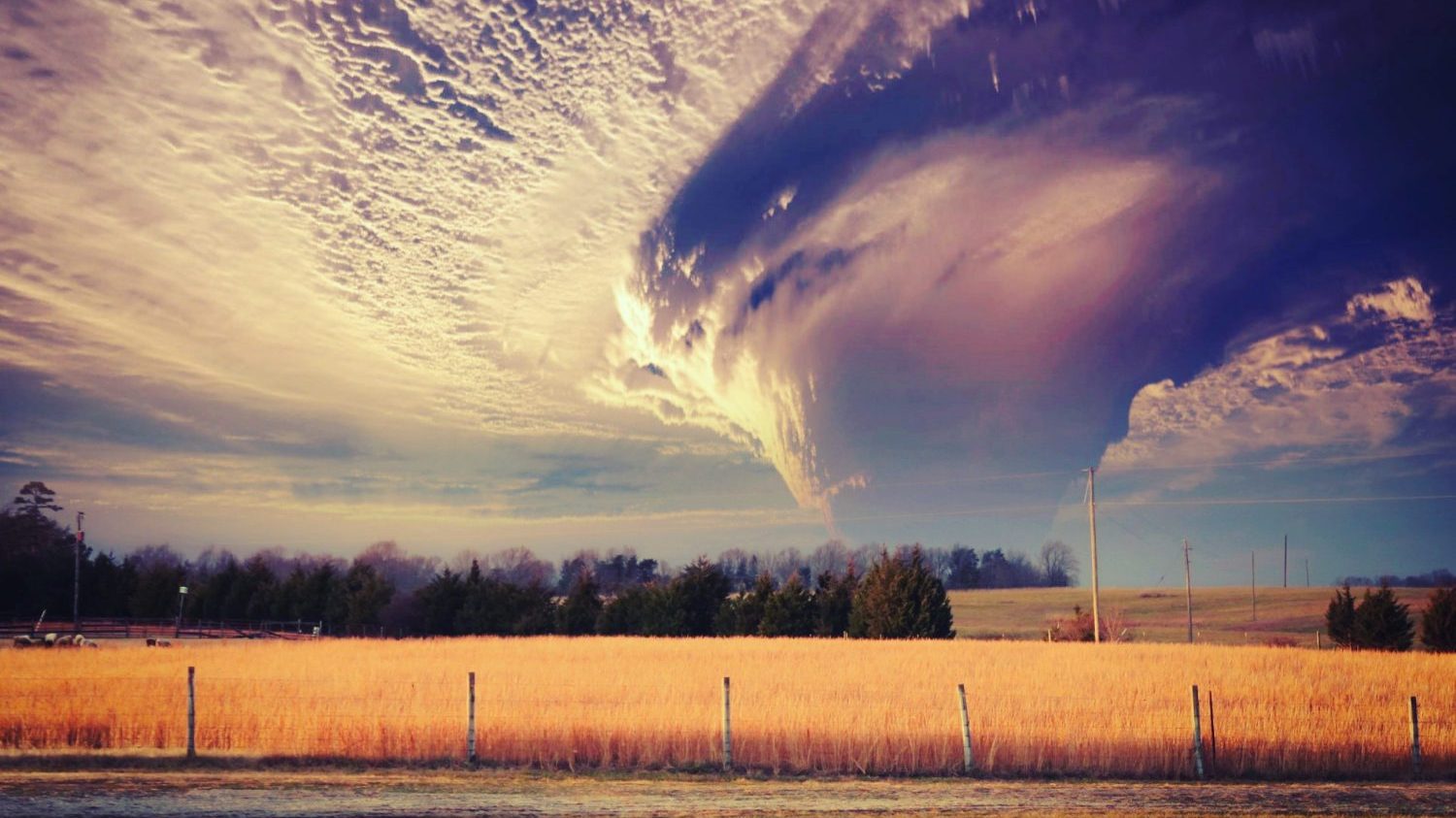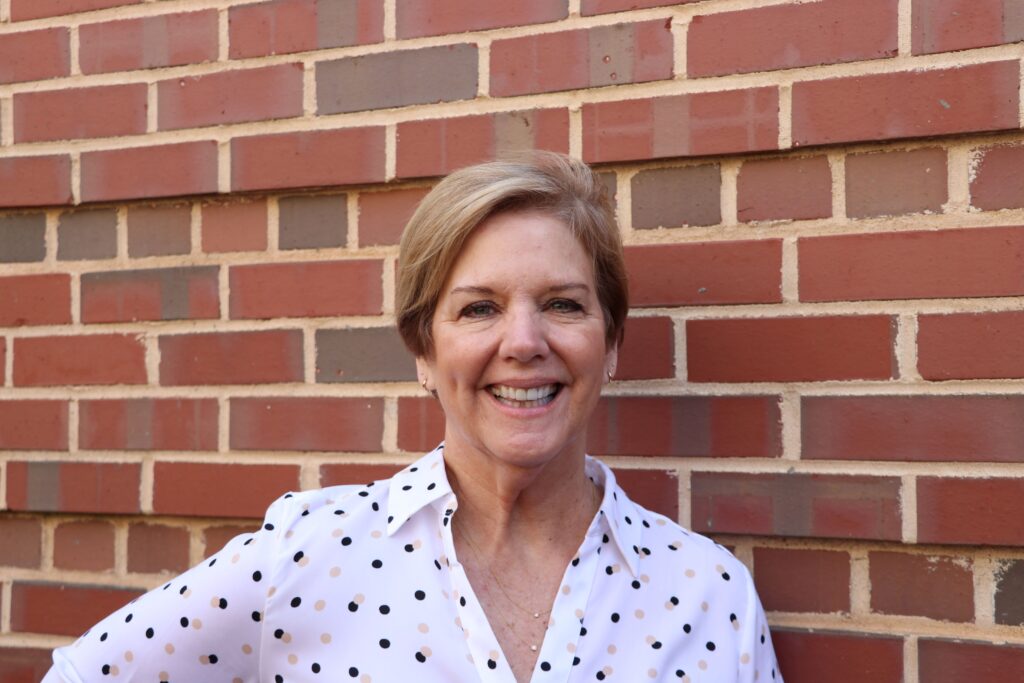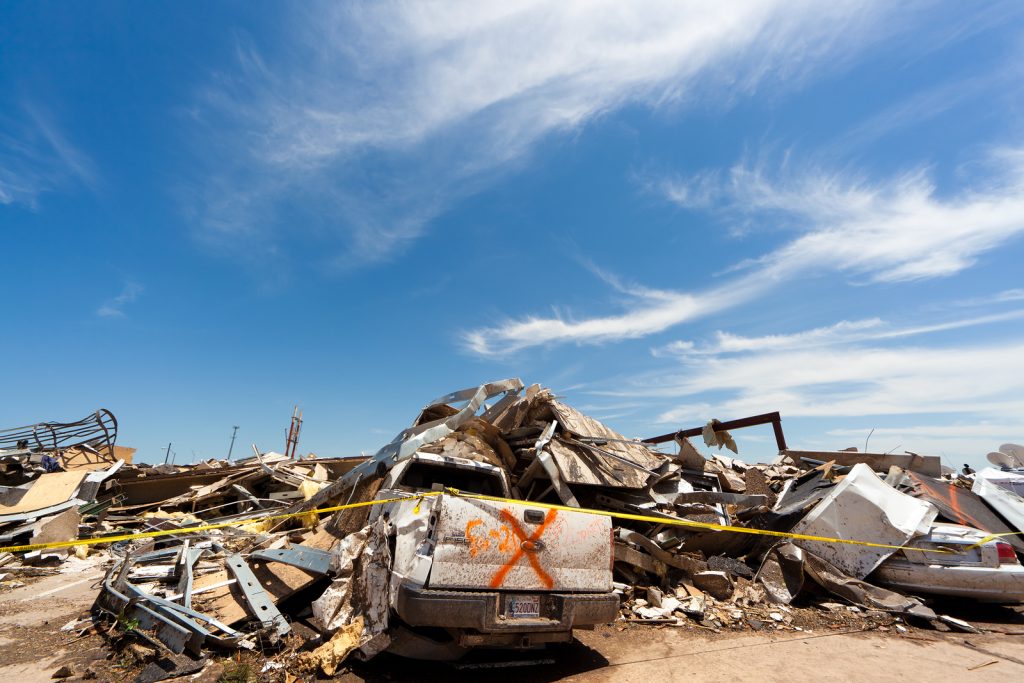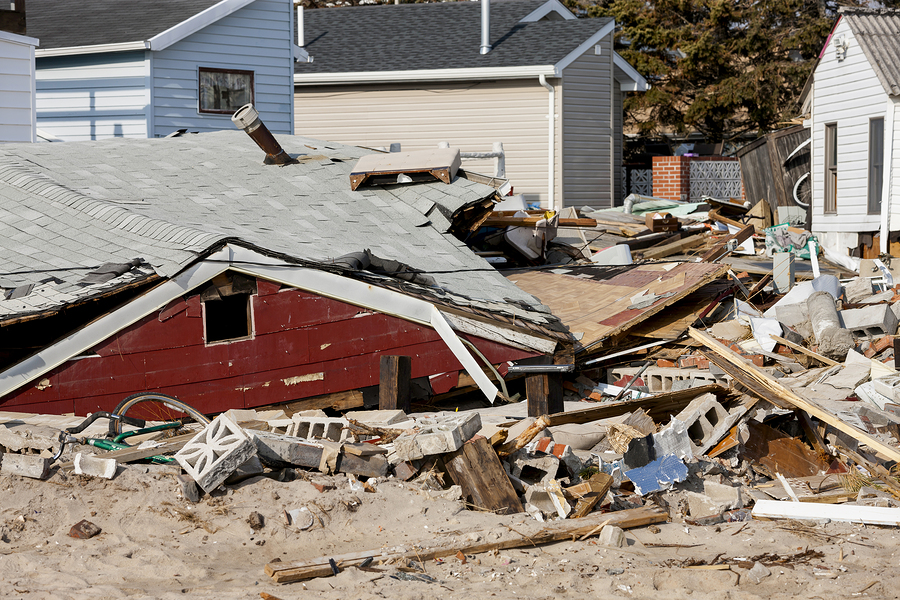AHS October Blog: When Ties to Communities Go Beyond the Physical Environment

The Department of Agricultural and Human Sciences publishes a monthly blog written by students, alumni, and faculty sharing important topics and helpful resources related to the fields of agricultural, extension, and human science. In the October blog post, AHS professor Dr. Sarah Kirby, discusses the complicated effects of disasters on individuals, families, and communities.

In the aftermath of Hurricane Ian, it is important to remember that disasters affect more than just homes and infrastructure. People have significant ties to communities that go well beyond the physical environment.
A number of years ago, I had the opportunity to travel with a team of volunteers to the Buloxi-Gulfport area of Mississippi to assist in clean up and restoration after devastating hurricanes brought mass destruction to the area. The gulf-coast community had been hard hit by the storm surge brought to shore during the hurricanes, flooding the area and destroying infrastructure. The working-class family homes, which sat in the shadows of large casinos, were flooded and uninhabitable. In some cases, the families that had lived in the area had been there for generations. While working on repairs, the group struck up a conversation with Mr. Geary*, an older gentleman, who lived next door to their assigned home. His home flooded during the storm and had been gutted down to the studs to allow for drying and repair. As he reflected on this experience, he began to tell the team about his life growing up in the area. His roots in the area ran deep.

His grandparents and parents started a local business and he, his siblings, and cousins had lived within the same two to three block radius all of his 80+ years. As he talked with the group about the history of the neighborhood and community, he shared something surprising: after his home was repaired, he would not be moving back into it. As he recounted, the community had changed too much since the hurricanes – neighbors moved away, businesses relocated, and it wasn’t the same place he knew before the storms. The volunteers were shocked and saddened that this man’s community and home, which were so important to him before the disaster, were no longer going to be a part of his life. The volunteers reflected on the magnitude of loss this individual and community had just experienced.
This anecdote illustrates several of the ways that communities are affected by disasters – houses are destroyed, businesses relocate, communities rebuild. However, as those communities rebuild, they are changed, and these changes are often felt deeply by those who experienced the losses and lived in the community previously. As the illustration about Mr. Geary related, disasters are not only felt in the loss of property or things, but they are felt in the loss of place and community.

Caruana writes, “Loss is central to the experience of disaster – loss of home, loved ones, independence, identity and a sense of the world as a safe place – and it is the way in which this loss is accommodated that will determine how individuals, families, and communities rebound” (2010, p. 86). As agricultural and human sciences professionals, we have an opportunity to help families and communities heal after these devastating events. As we do, it is important to consider the complicated effects of disasters on individuals, families, and communities, paying close attention to the role that place plays in how people can rebuild and heal after a disaster.
Visit the NC Disaster Information Center at https://ncdisaster.ces.ncsu.edu/ to learn more on how to prepare and recover from a natural disaster.
*name changed to protect privacy
Caruana, C. (2010). Picking up the pieces: Family functioning in the aftermath of natural disaster. Family Matters, (84), 79-88.
- Categories: